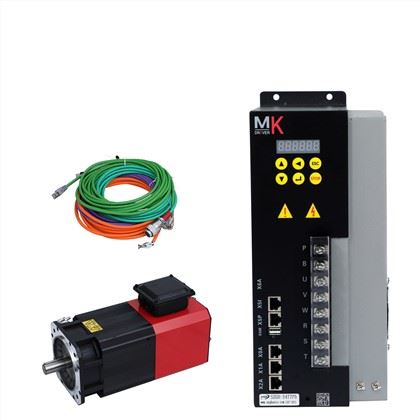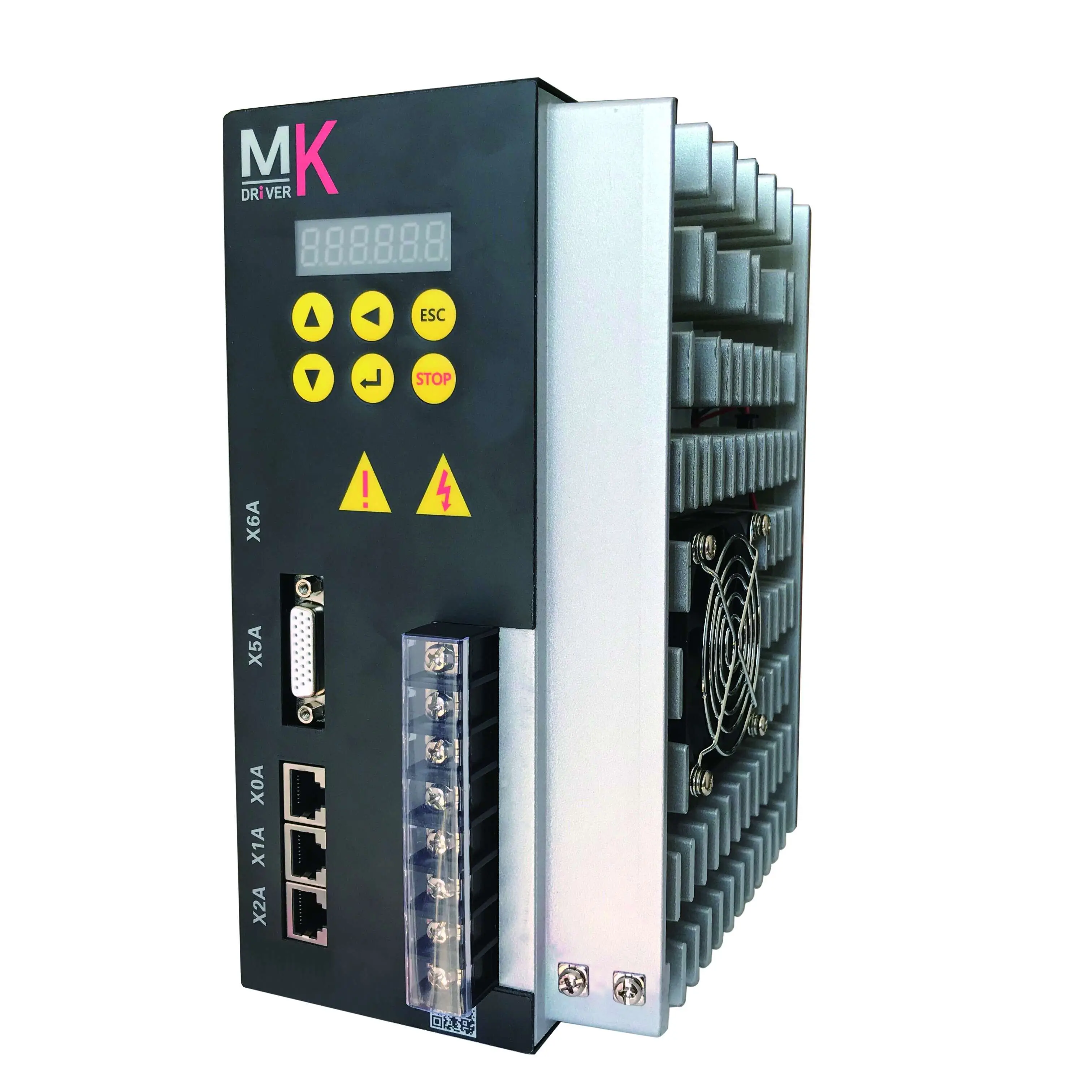CW&CCW: Speed Error +/- 1RPM , Acceleration/Deceleration time of 3000RPM : 1second
Independent Quasi Stop: Positioning with High Precision(0.03。)
Rigid Tapping: Max speed of tapping is 3000RPM ,Min of dental work is M3 ;
Function of C-Axis: Indexing Accuracy: +/-1 Pulse ; Turning/Milling: 0.01rpm ;
Cutting in Low Speed: Overload(3 times holding torque),ensure stablity of cutting,applied in casting process;
High-Speed Precision Machining: Constant power output over 4000RPM,stable ratoting speed,ensure finish;
Strong Applicability: Match for CNC System , PLC etc.
Powerful Development : Custome Manufacturing .
SZGH practical 3phase ATC 1.5KW Milling Spindle Motor
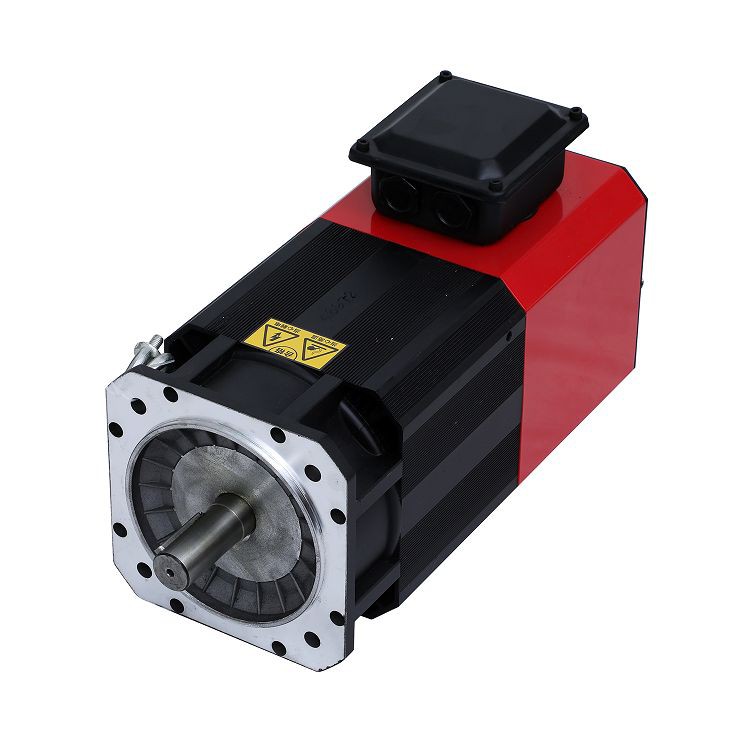
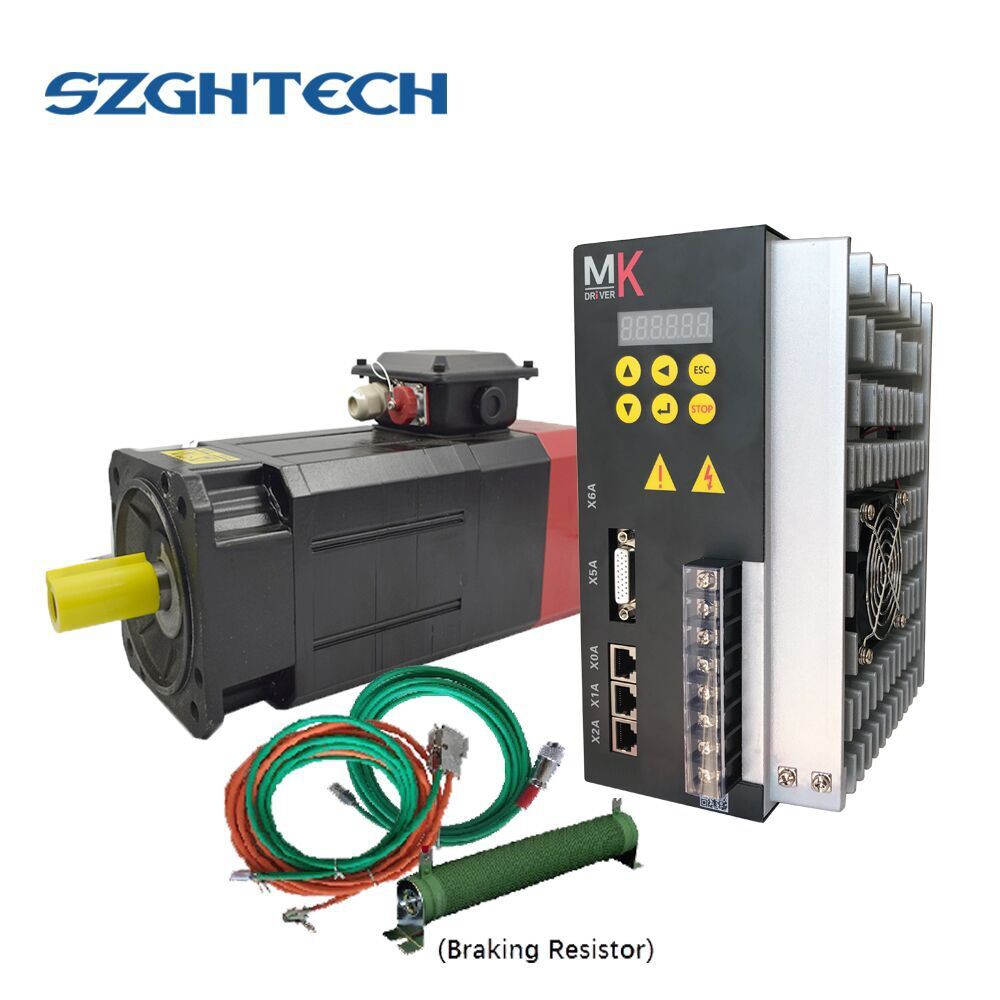
▶ Features:
Motor Features
Driver Features
High-Performance
Safe & Reliable
Remote Communication Function(Optional)
Safe & Reliable
Remote Communication Function(Optional)
Powerful Expansion Capability(Optional)
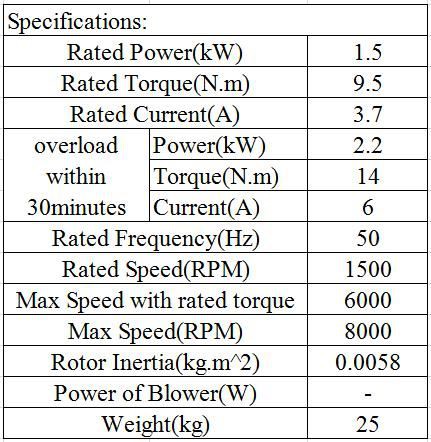
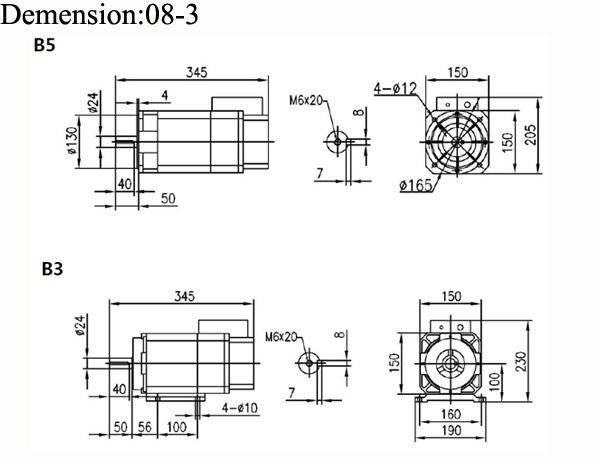
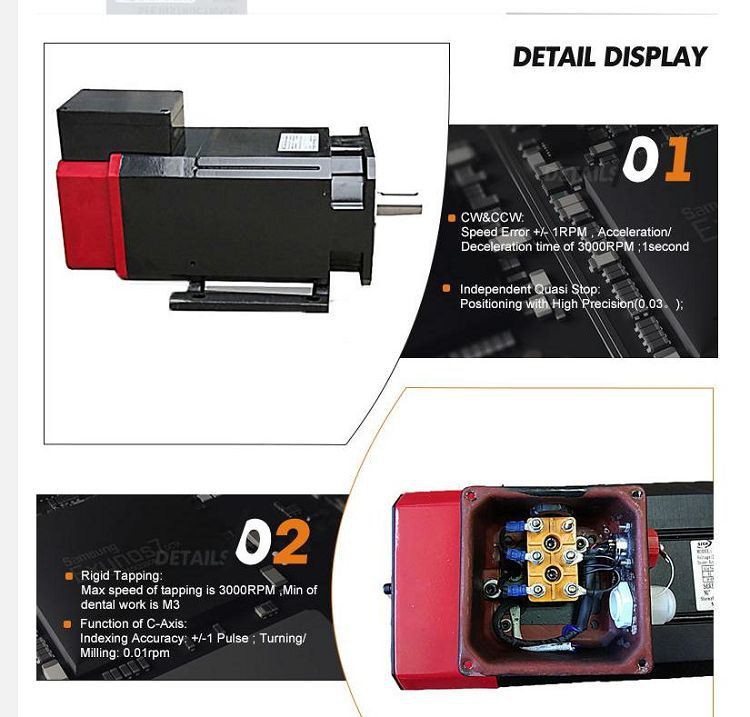
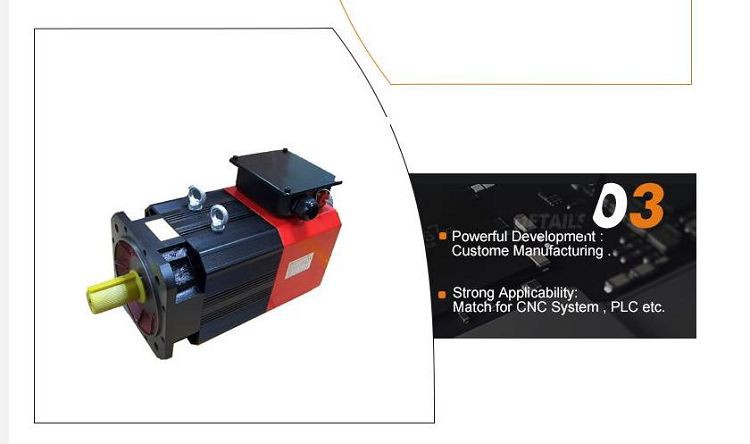
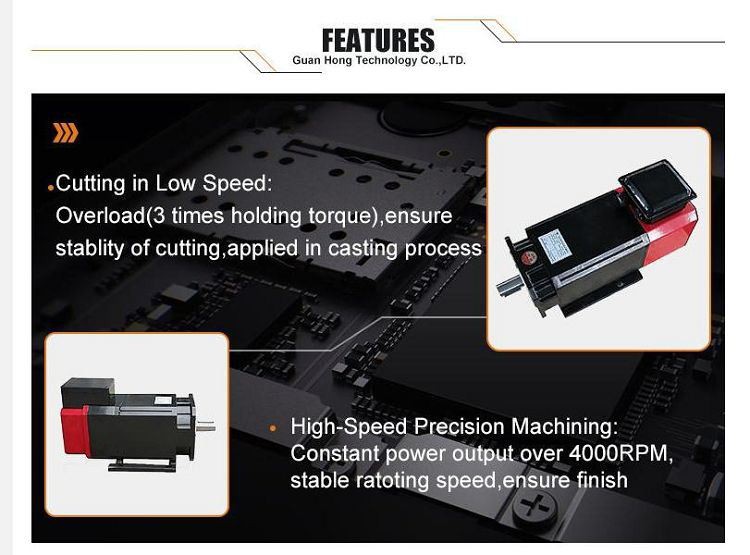
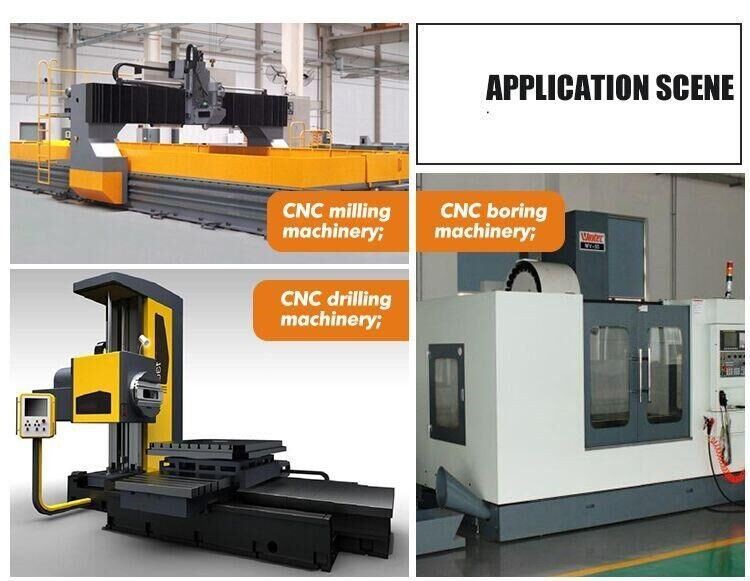
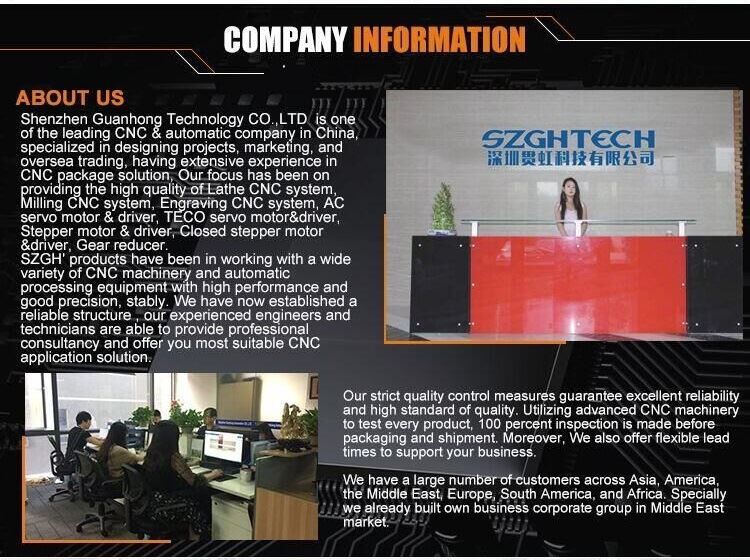
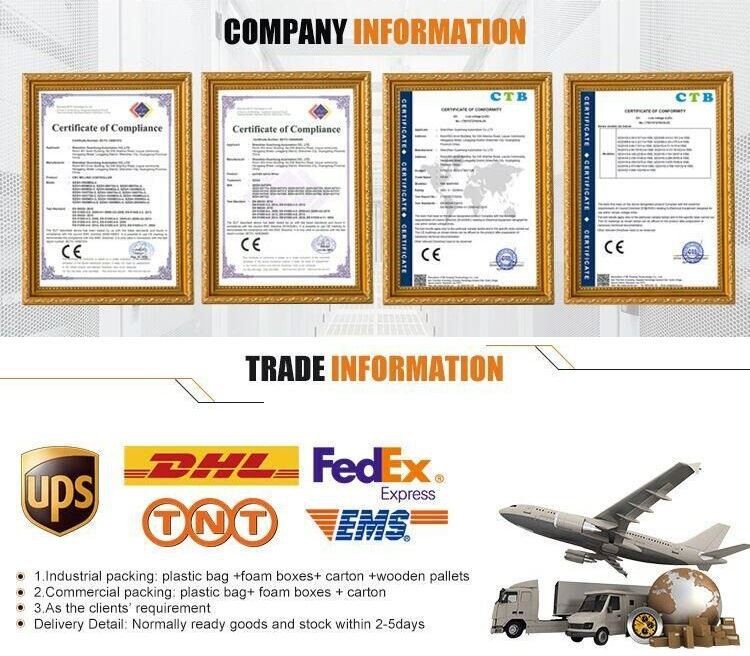
FAQ
Q: Do you provide samples ? is it free or extra ?
A: Yes, we could offer the sample with sample price.
Q:SZGHTECH accept OEM/ODM order?
SZGHTECH accept OEM/ODM orders based on bulk quantity
Q:Where we can get products information from?
You can go through our website links as below:
www.szghtech.com
Also you can contact our international marketing team.


